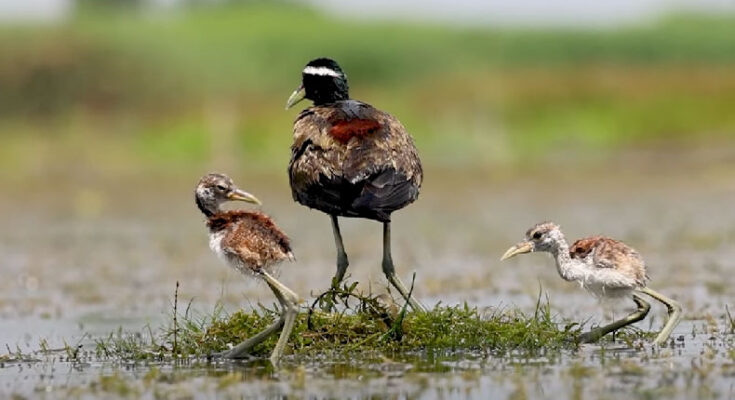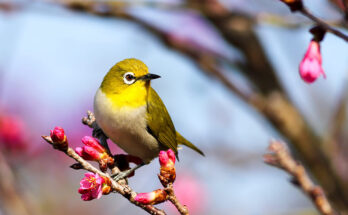Observe wildlife through the vibrant lenses of Wild Lancer. Image Courtesy – Wild Lancer
Wild Lancer group is born to express passion for wildlife photography and with the aspiration to explore our beautiful planet – the Earth. The group has created a channel that offers a visual tour of the places where the wild lancers have scouted. They also present exciting glimpses of the animal kingdom.
The viewers are rewarded with every detail of the locations, travel options, information on local guides, etc. They present a ready-to-travel list for the viewers who want to visit those places.
In this video, the team of Wild Lancers brings to you the Bronze-Winged Jacana, a wader commonly found across the lowlands of South-East Asia. They typically inhabit wetlands with calm water and expanses of low-lying aquatic vegetation, which provide them with an unimpeded view of the neighborhood.
The Jacanas are colourful birds with long legs and long and wide toes that spread the bird’s weight across a larger area, enabling them to walk with ease across buoyant leaves while gleaning insects, snails, worms, fish and the seeds of water lilies.
Read: Weaverbird – a very intelligent bird and a natural engineer
Like all water birds, Jacanas spend a lot of time keeping their feathers clean. Clean feathers help keep the birds light and warm.
The breeding season starts after the rains. The Jacanas show an extreme reversal of sex roles, with the female bird mating with multiple males, and the receiver male is left with the responsibility of incubation the eggs and taking care of the young chicks, all by himself.
Watch the story of Bronze-Winged Jacana from Wild Lancer’s video. Video Courtesy – Wild Lancer
The receiver male bird nestles the eggs between his wings, hugging them close to his body for warmth. Once the eggs are hatched, the chicks peck their way out of the shells. Jacana chicks are fluffy, striped, and precocial. They are able to walk, swim, and dive a few hours after hatch, so the male teaches them how to forage right away. Mere fluff balls with huge toes, the young Jacanas follow their father to the latter’s favourite feeding places and climb under his wings when it’s cold or raining.
The chicks are born into a dangerous world exposed to aquatic predators. Upon sensing danger, a warning call from the father will send older chicks scurrying to hiding places while younger ones will assume cover under their father’s wings, and are whisked away to safety. If there is a threat the father cannot handle by himself, a more intense alarm will summon the larger female to his side, and together they ensure the safety of their chicks.
The chicks become independent of their father when they are about ten weeks old. I hope, you enjoy the interesting life of the Jacana birds. Keep eye on the YouTube channel of Wild Lancer to get more information.





